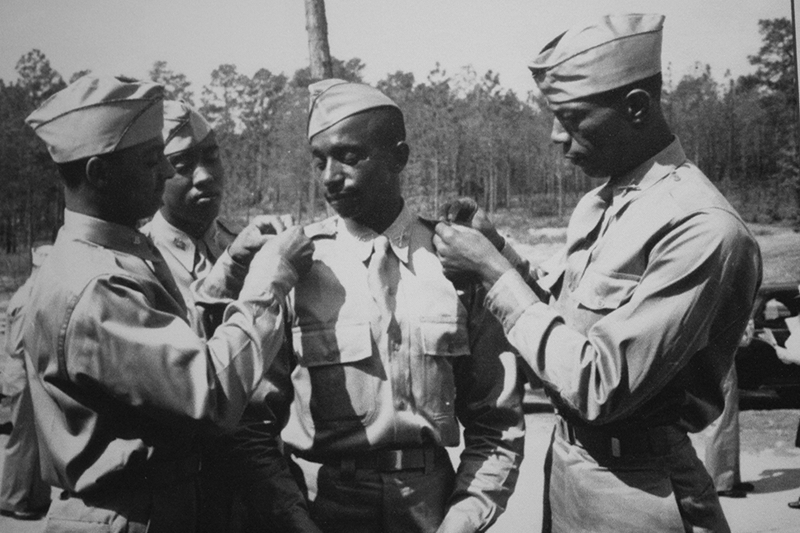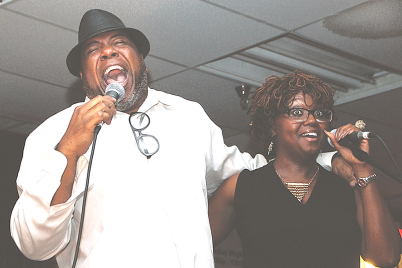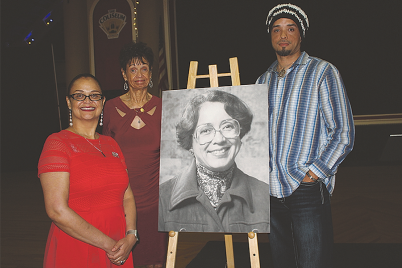ST. PETERSBURG — Before the Civil Rights Movement of the 1950s and 1960s, many African Americans fought for equality and the right to defend their country. These untold stories are the latest exhibit at the St. Petersburg Museum of History entitled “Fighting for the Right to Fight: African American Experiences in World War II.”
On loan from the National WWII Museum, the exhibit features artifacts, photographs and oral histories to highlight some of the extraordinary achievements and challenges of African Americans during World War II, both overseas and at home.
This is the first time the exhibit has been on display outside of its home in New Orleans. Through a myriad of interactive experiences, visitors will discover the wartime stories of individuals who took part in this journey of extraordinary challenge, including Alex Haley, Sammy Davis Jr., Benjamin Davis, Jr., Medgar Evers and more.
The centerpiece of the exhibit is an original eight-minute video about the famed 332nd Fighter Group (better known as the Tuskegee Airmen), who in many ways became the public focus of African American participation during the war.
Additionally, “Fighting for the Right to Fight” features two medals representing the seven African Americans who were awarded the Medal of Honor in 1997. The exhibit will also provide in-depth coverage of lesser known events and service, such as that of the USS Mason, the first American ship to have a predominately African-American crew.
This is history that is ignored and will never be in a schoolbook. The Weekly Challenger encourages every parent, religious organization and civic group to make sure our youth has a chance to learn about what makes them great as a people.
“Fighting for the Right to Fight: African American Experiences in World War II” will be in town through March 5, 2017.
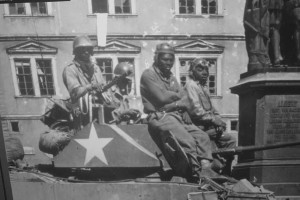
Members of an African-American tank battalion prepare to clear out enemy positions in Coburg, Germany, in April 1945. The 761st Tank Battalion saw 183 consecutive days of combat while attached to General George Patton’s Third Army.
On June 25, 1941, FDR signed Executive Order 8802. His decision was based partly on the demands of social justice, but also on the realization that the United States could soon be drawn into another global war
Citing the need to expand US economic output in building the Arsenal of Democracy, Roosevelt’s order required all businesses receiving defense contracts to hire without regard to race. Although businesses did hire African Americans as a result, discrimination in the workplace persisted.
Executive Order 8802 had no effect on the military. A greater catalyst for change came on December 7, 1941, when the Imperial Japanese Navy attacked the US naval base at Pearl Harbor, Hawaii. The armed forces suddenly needed tens of thousands of new recruits to fill their ranks.
In 1942, Roosevelt began issuing directives to the military to increase opportunities for black enlistment. Many military leaders resisted, however, because they perceived Roosevelt’s actions as a social experiment at the time when the nation was fighting for its survival. Each branch of the armed forces responded in its own way, which was slow.
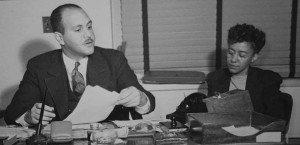
Dr. Robert C. Weaver, Chief of the Minority Groups, Bureau of Placement, War Manpower Commission, worked to maximize black manpower in the defense industry.

